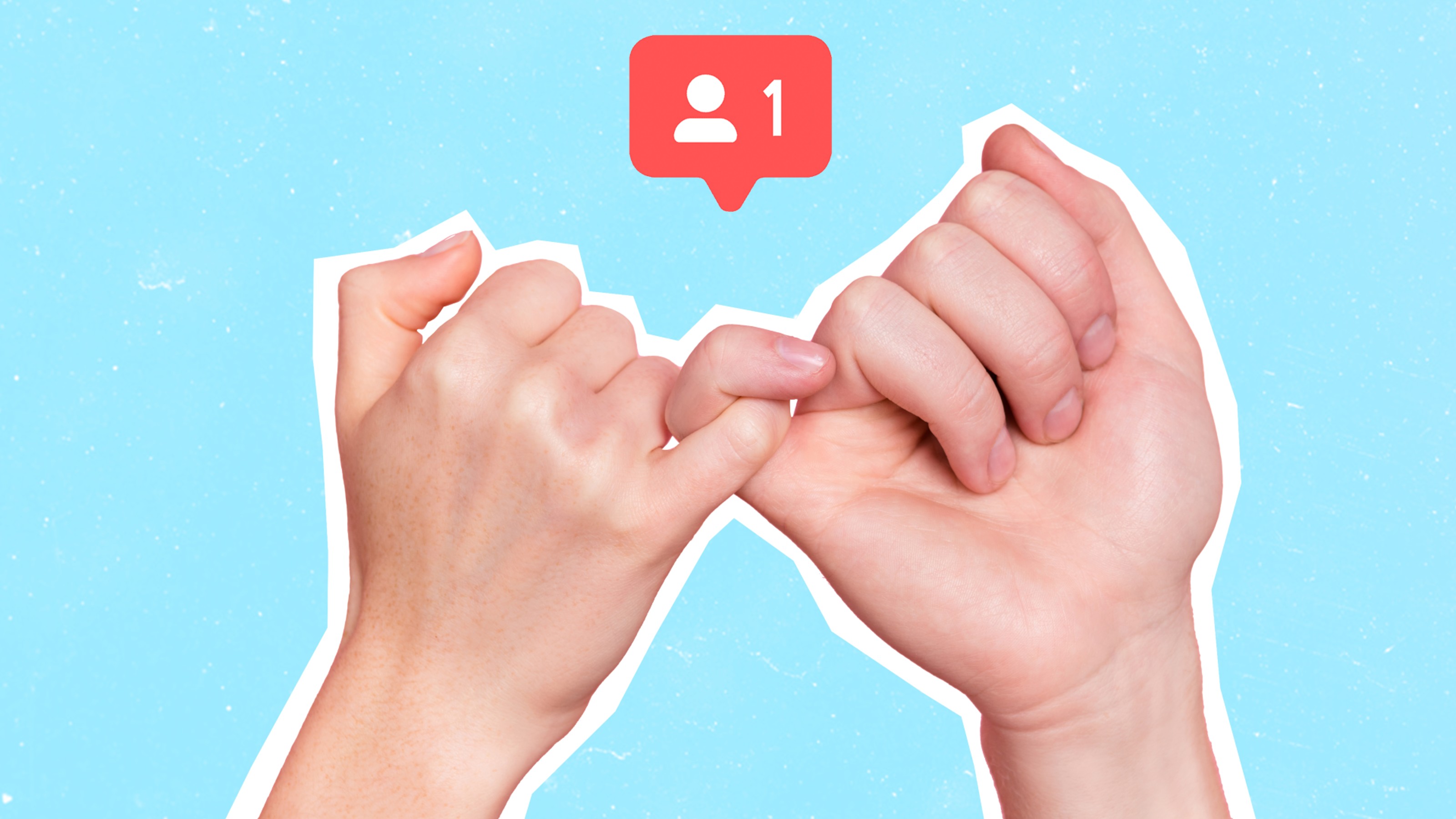5 facts about positive affect for 2021

Credit: Antonioguillem / Adobe Stock
The year 2020 was an unrelenting nightmare of negative stimuli. The coronavirus hit early and, in coastal cities like Seattle and New York, hit hard. Daily news reports tallied a death toll that today accounts for more American lives lost to coronavirus than battles in World War II. Unemployment reached unprecedented levels just as schools rushed to implement remote-learning contingencies. Then there were the violent displays of racial inequality, the revelations of America’s devastating health gaps, and widespread disasters that hit with devastating force. Oh, and it was an election year, a time customarily reserved for bickering and the revocation of goodwill.
Many of us know that 2021 won’t bring miraculous change, like a hard reboot of America’s fractured systems and growing cultural distrust. But with New Year’s quickly approaching, we also can’t help but revel in its symbolism, a fresh start to a new (hopefully better) year.
After the fusillade of negativity that was 2020, though, we may need some help rerouting our mental circuitry toward positivity. Here are five helpful reminders of the value of sporting a positive outlook backed by science—and not self-help quackery.
Strengthen Your Mind Like a Navy SEAL | David Goggins | Big Thinkwww.youtube.com
It’s difficult to say whether a positive outlook nurtures health, success, and life satisfaction or if people who are healthy, successful, and satisfied maintain a positive outlook for, well, obvious reasons. While establishing a causal relationship has been difficult, research does suggest that happiness, extraversion, and optimism—the traits of a positive affect—influence beneficial life outcomes as much as it is a byproduct.
A longitudinal study published in Psychological Science found that enthusiastic, cheerful people experienced less memory decline with age. The researchers tested nearly 1,000 middle-aged and senior U.S. adults and found a strong association between having a positive affect and a stronger performance on the memory test.
As study authors Claudia Haase and Emily Hittner, an associate professor and a Ph.D. graduate at Northwestern University, respectively, said in a release: “Our findings showed that memory declined with age. However, individuals with higher levels of positive affect had a less steep memory decline over the course of almost a decade.”
Preliminary research looking at the broaden-and-build theory suggests that a positive affect not only helps people cope with stress but makes them more psychologically resilient to future stressors. And studies have found that a positive outlook boosts immune responses while reducing the likelihood of heart attacks or other coronary problems. (Though, again, it is unclear in the literature whether positive people make healthier choices or if the positive affect influences these boons).
The emotional contagion phenomenon describes the tendency for us to acquire the emotions of the people around us. Hanging out with happy, enthusiastic people, researchers have discovered, makes us happier and more enthusiastic ourselves, leading to windfalls such as less stress and increased energy. Of course, the phenomenon works in the opposite direction, too. Our minds can become the harbors of others’ misery.
“Just as some diseases are contagious, we’re found that many emotions can pulse through social networks,” sociologist Nicholas Christakis told Harvard Medicine in an interview. Unlike a real disease, however, emotions don’t have to be transmitted through contact. They can infect our minds through social networks and even online.
A study out of the University of Chicago found that researchers could alter people’s opinions of a product by simply revealing peer evaluations. Sharing the negative opinions of others turned previously positive opinions sour and entrenched the already negative ones.
As Christakis added later in the interview, “Rather than asking how we can get happier, we should be asking how we can increase happiness all around us. When you make positive changes in your life, those effects ripple out from you and you can find yourself surrounded by the very thing you fostered.”
How to Optimize Social Interactions: A Lesson on Presence From Amy Cuddy | Big Thinkwww.youtube.com
If emotions are contagious, then it stands to reason that positive social connections support personal positivity. And that’s exactly what the research shows.
In 2019, the American Psychological Association published a meta-analysis surveying two decades of longitudinal research. All told, the report analyzed more than 47,000 participants across 52 studies looking at the effect social relationships had on self-esteem. The researchers found that social relationships, social support, and social acceptance helped develop positive self-esteem throughout people’s lives.
“For the first time, we have a systematic answer to a key question in the field of self-esteem research: Whether and to what extent a person’s social relationships influence his or her self-esteem development, and vice versa, and at what ages,” Michelle A. Harris, study author and psychologist at the University of Texas, Austin, said in a release. “The reciprocal link between self-esteem and social relationships implies that the effects of a positive feedback loop accumulate over time and could be substantial as people go through life.” Harris added that the effect did not differ significantly across the studies analyzed, suggesting a robust finding.
Researchers at the University of Vermont wanted to test the Pollyanna Hypothesis, the idea that there is a universal human tendency to—feel free to whistle along—look on the bright side of life.
To test it, they asked the native speakers of ten different languages to rate individual words on a 9-point scale. Nine equaled broad-smiley face, while one was for deep-frowny face. For example, among English speakers, “laugher” rated a happy 8.5, “the” a neutral 4.98, and “terrorist” a depressing 1.3. The researchers then gathered a data set containing billions of words from 24 sources in those languages, from books to tweets, websites to music lyrics, and, of course, news stories.
An analysis of the data showed that humans typically use language to imbue a, in the researcher’s words, “usage-invariant positivity bias.” Every one of their 24 sources rated above the neutral score of five across all ten languages. Though it’s certainly not true of all songs or novels—no amount of data massaging could turn “The Road” into anything other than a bummer—the researchers found that overall humanity “use[s] more happy words than sad words.” Counterintuitive as it sounds, Twitter really is a gathering of the Pollyannas.
How Forcing Positivity Can Create Despair | Susan Davidwww.youtube.com
Do these findings mean we should give ourselves over to the cult of positivity come 2021? Should we ignore every one of life’s difficulties, view every rain cloud as a cotton-candy-laced fantasy, and use positive thinking to ween away our every foible until we become new-age Übermenschs? Absolutely not. Without realism to serve as ballast, positivity can become a flight of fancy that drifts us over dangerous territories.
One study compared people’s financial expectations in life with their ultimate outcomes over 18 years. They found that participants who set realistic expectations based on accurate assessments of their situations had higher well-being than those who set unrealistic expectations based on overly positive attitudes. Crucially, realists had a higher well-being score than pessimists, too.
“I think for many people, research that shows you don’t have to spend your days striving to think positively might come as a relief. We see that being realistic about your future and making sound decisions based on evidence can bring a sense of well-being, without having to immerse yourself in relentless positivity,” Chris Dawson, study author and associate professor of business economics at Bath University, said in a release.
Positivity must also be measured against a realistic accounting of our emotions. Sometimes, life just sucks. It isn’t fair. We lose the people we love, our hard work goes under-appreciated, and we struggle to traverse the paths that others seem to bypass. To just think positively and assume everything will be fine is what psychologist Susan David calls the “tyranny of positivity.” Rather than ignore these parts of our life, David suggests that we should accept them.
“Difficult experiences are part of life. They are part of life’s contract with the world. They’re part of our contract with the world simply by virtue of being here,” David told Big Think during an interview. “It is really important that as human beings, we develop our capacity to deal with our thoughts and emotions in a way that isn’t a struggle, in a way that embraces them and is with them and is able to learn from them.”
Positive realists don’t ignore life’s hardships and challenges, nor do they let the negativity bias worsen such struggles. They approach both rationally and with measured expectations. When remembering a year or period in their lives, they may also choose to treasure its positive qualities. And after a year like 2020, we can all be forgiven if, in 2021, we err on the bright(er) side of life.





